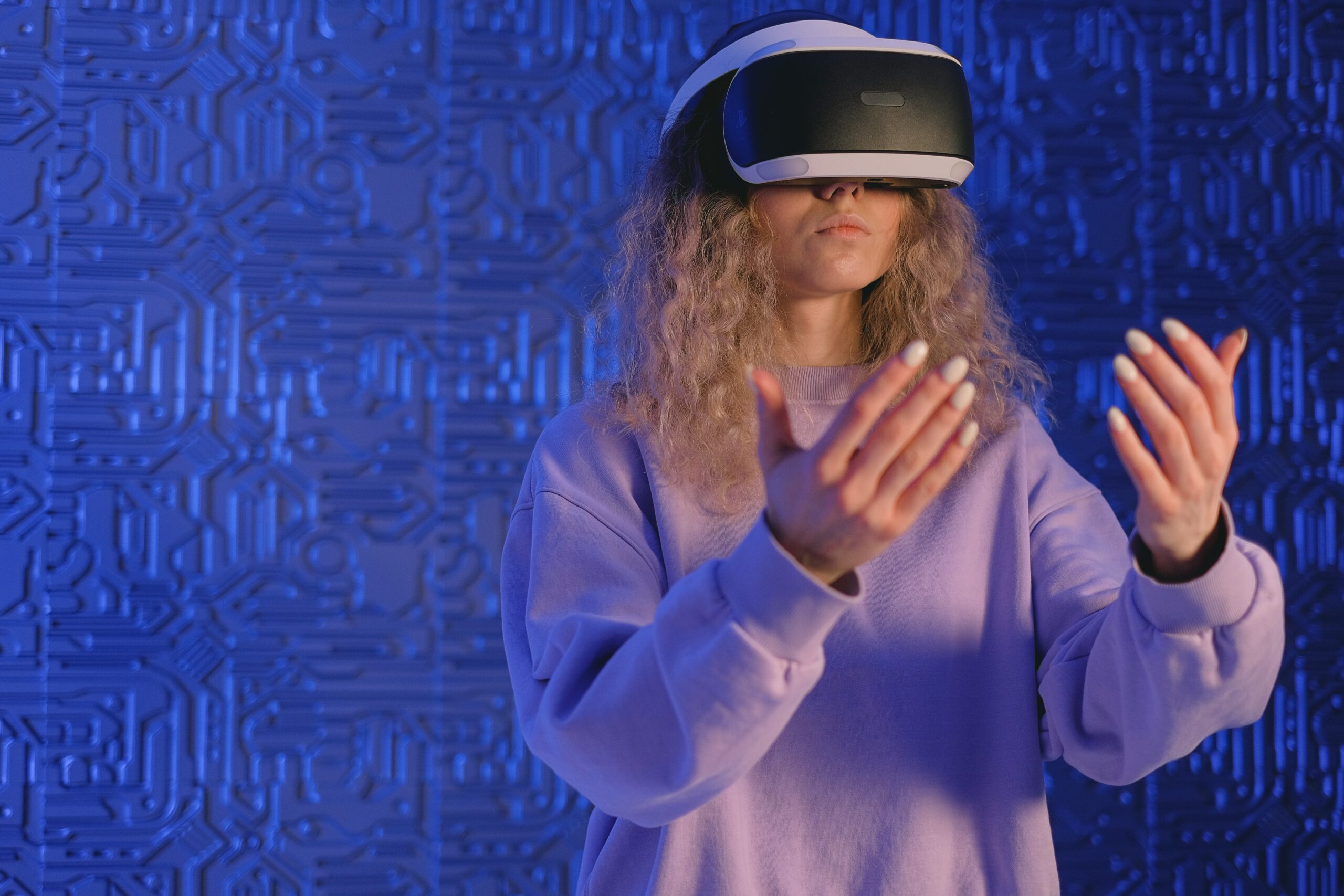Interactive Learning Platforms
Virtual learning platforms like Google Classroom, Microsoft Teams, and Zoom have smoothly replaced the conventional classroom model. They facilitate live video conferencing, easy file sharing, simultaneous multi-user access, and collaborative tools for real-time interaction between teachers and students. These platforms mimic the classroom setting to a great extent, bridging the gap caused by remote learning.
Digital Whiteboards
Digital whiteboard apps like Jamboard and Miro facilitate real-time collaboration, allowing teachers to explain concepts just as they would on a physical whiteboard. These tools allow annotating, drawing, and adding images, making lessons more engaging for students.
Project Management Tools
Managing lessons, assignments, and deadlines is easier than ever now, thanks to project management tools like Trello and Asana. They provide a multi-user environment for creating lists and tracking progress, ensuring that all team members are on the same page. Teachers can create assignment boards while students can monitor their task deadlines, creating an organized system of learning.
Education-Specific Applications
Several mobile and web-based applications are explicitly designed for remote education. Quizlet, for instance, provides tailored flashcards for various subjects, aiding in self-paced learning. Other apps like Duolingo and Khan Academy offer personalized learning lessons in various fields, right from language mastery to science and humanities.
Creative Designing Tools
Creativity doesn’t take a back seat with online education. Tools like Canva and Adobe Spark allow students to create graphics, videos, and web pages, adding a zest of innovation to their projects. Teachers can likewise use these tools for creating engaging presentation slides and infographics.
Cloud-based File Sharing
Google Drive, Dropbox, and other cloud-based platforms ease the process of file sharing. Students can submit assignments, while teachers can distribute study material without any geographical barriers. Moreover, these platforms also serve as reliable remote storage, safeguarding information from possible data loss.
To conclude, technology in education – from interactive platforms to creative tools – is fostering an enriching remote learning environment. By leveraging these tools, students can remain connected to learning activities, and educators can ensure uninterrupted education. These innovative solutions are bringing forth a flexible and accessible means to education while maintaining the essence of interactivity and engagement.





